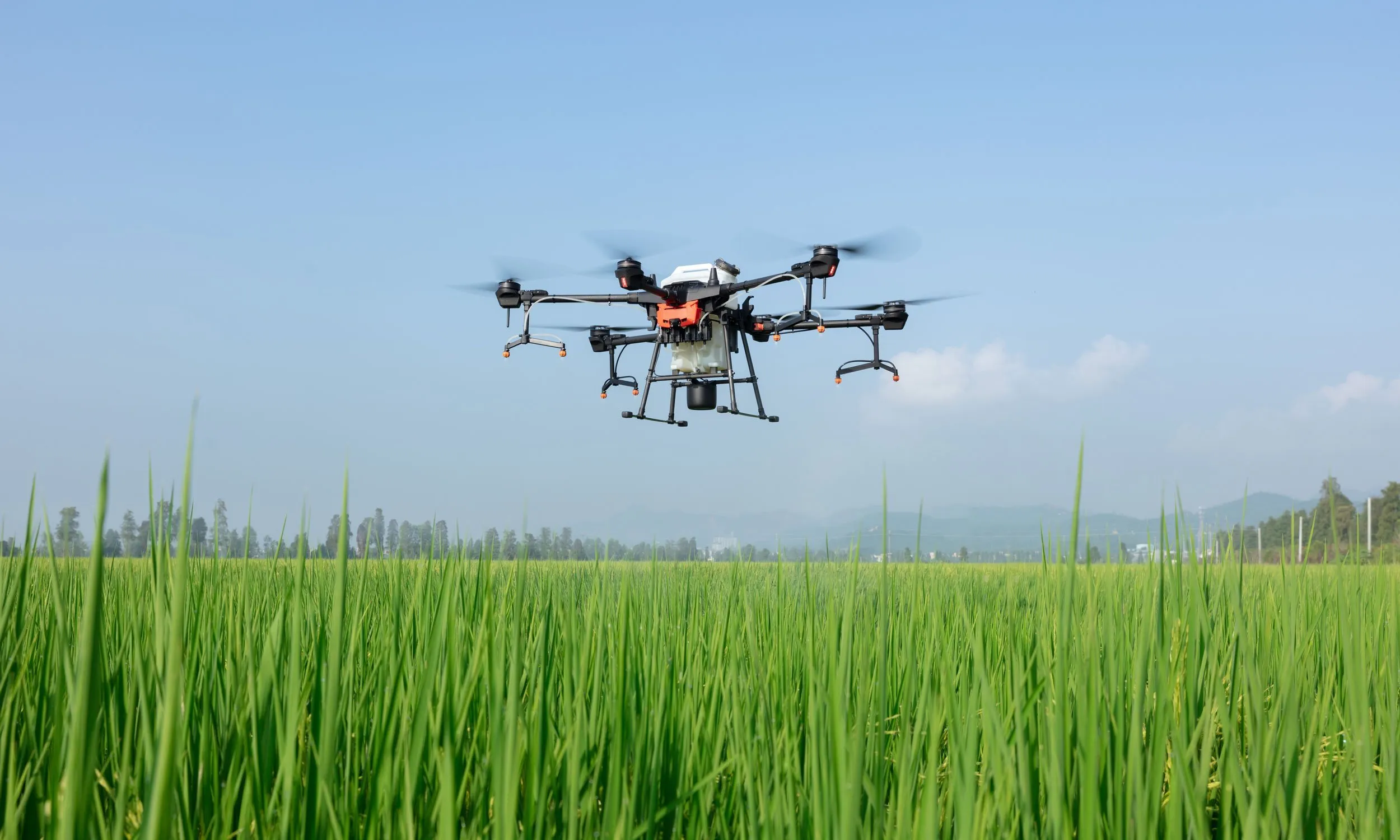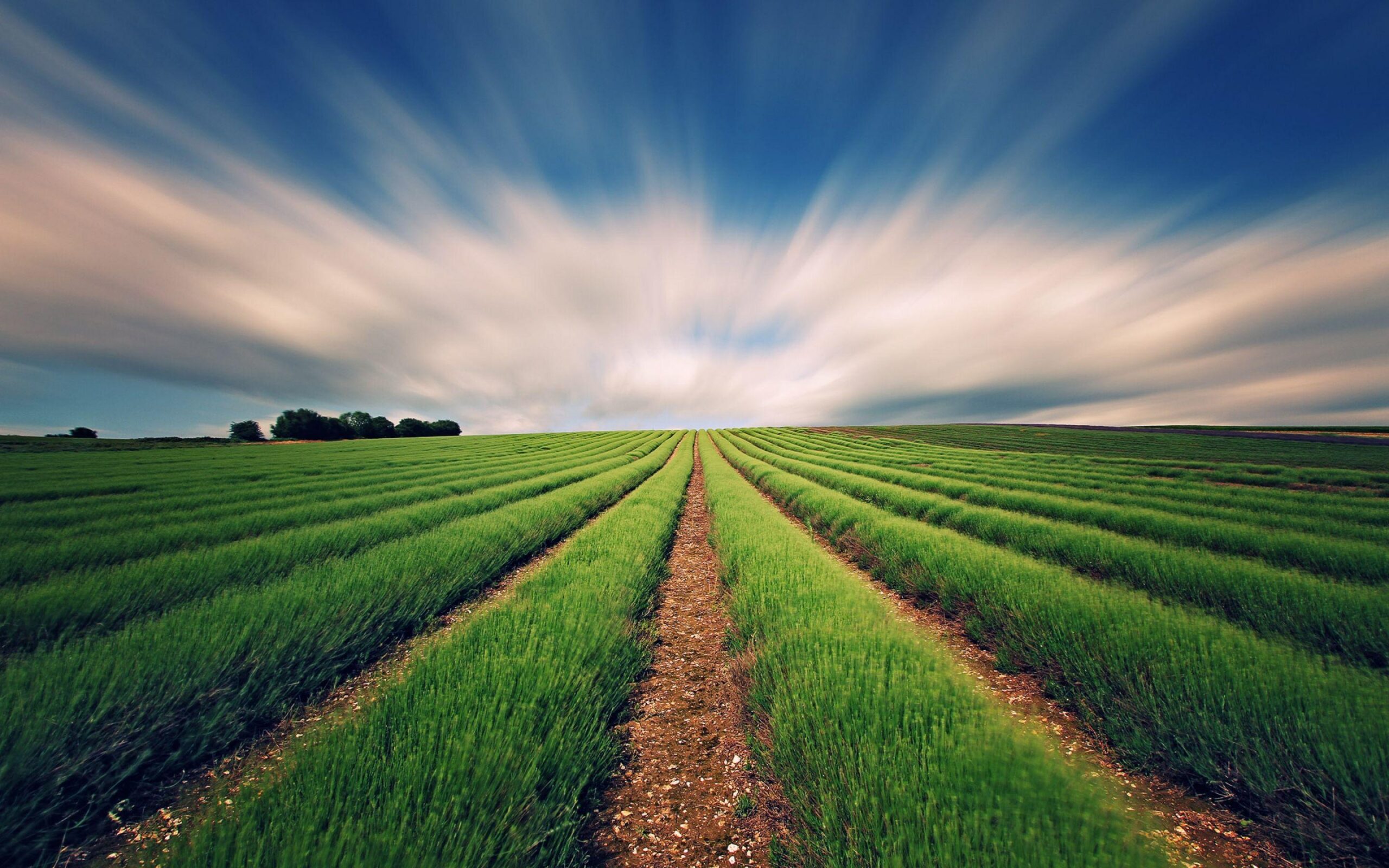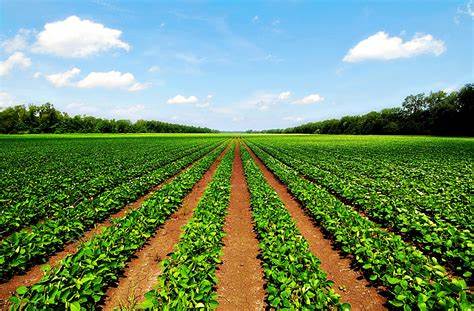Are you a farmer looking to invest in agricultural drones but unsure about the prices? You’ve come to the right place! In this comprehensive guide, we will demystify agriculture drone price and help you make an informed decision.
Agricultural drones are revolutionizing the farming industry with their ability to monitor crops, assess plant health, and optimize overall farm operations. However, navigating the world of drone prices can be overwhelming. That’s why we have carefully analyzed the market to provide you with accurate and up-to-date information.
In this article, we will break down the factors that influence agriculture drone price, including the type of drone, its features, and the level of technology. Additionally, we will discuss the benefits of investing in drones and provide insights into the return on investment you can expect.
Whether you are a small-scale farmer or managing a large agricultural operation, understanding drone prices is crucial in making a wise investment. So, let’s dive into the world of agriculture drone price and empower you to make the right choice for your farm’s needs.
Benefits of Using Agricultural Drones
Contents
Agricultural drones offer a wide range of benefits for farmers, making them a valuable investment for modern agricultural practices. Here are some key advantages:
- Crop monitoring and assessment: Agricultural drones equipped with high-resolution cameras and sensors allow farmers to monitor their crops more efficiently. Drones can capture detailed images of the fields, enabling farmers to assess the health of their plants, identify areas of concern, and detect early signs of disease or nutrient deficiencies. This proactive approach to crop management helps farmers take timely action, leading to increased yields and healthier harvests.
- Precision spraying and fertilization: Drones equipped with spraying systems can precisely apply pesticides, herbicides, and fertilizers to crops. This targeted approach minimizes waste, reduces chemical usage, and ensures that the right amount of substances is applied to each plant. Precision spraying not only saves farmers time and labor but also contributes to environmental sustainability by minimizing the impact of harmful chemicals on the ecosystem.
- Field mapping and surveying: Drones can quickly and accurately create detailed maps and 3D models of agricultural fields. This information helps farmers identify topographical variations, measure the size of the field, and plan irrigation systems more effectively. By gaining a deeper understanding of their land, farmers can optimize resource allocation, improve water management, and enhance overall farm productivity.
- Livestock management: Drones can also be used to monitor and manage livestock. With thermal imaging cameras, farmers can easily identify animals that may be sick or injured, allowing for prompt veterinary intervention. Drones can also help locate lost animals, monitor herd movements, and assess pasture conditions. These capabilities contribute to better animal welfare, reduced labor costs, and improved farm efficiency.
By harnessing the power of agricultural drones, farmers can streamline their operations, make data-driven decisions, and achieve higher yields. Now that we understand the benefits, let’s explore the factors that influence DJI t30 agriculture drone price.
Factors that Affect Agricultural Drone Price
Several factors play a significant role in determining the price of agricultural drones. Understanding these factors will help you assess the value and suitability of different drone options for your farm. Here are the key factors to consider:
- Type of drone: Agricultural drones vary in size, design, and functionality. Basic models are typically smaller and equipped with fewer features, while more advanced drones may have additional capabilities such as multispectral imaging, thermal cameras, or even the ability to carry heavy payloads. The type of drone you choose will impact its price, as more advanced models tend to be more expensive.
- Features and capabilities: The features and capabilities of agricultural drones can greatly influence their price. Drones with advanced sensors, longer flight times, autonomous flight modes, and higher camera resolutions will generally cost more. Consider the specific needs of your farm and prioritize the features that are most important for your operations.
- Level of technology: As technology continues to advance, newer drone models with the latest innovations often come with a higher price tag. For example, drones equipped with artificial intelligence (AI) capabilities or advanced flight control systems may be more expensive than older models. It’s important to weigh the benefits of cutting-edge technology against the associated costs.
- Brand and reputation: The brand and reputation of the drone manufacturer can also impact the price. Well-established brands with a track record of delivering high-quality products and reliable customer support may charge a premium for their drones. However, it’s worth considering that lesser-known brands might offer comparable features at a more affordable price.
- Accessories and additional equipment: When considering drone prices, it’s essential to factor in the cost of accessories and additional equipment. These may include spare batteries, charging stations, carrying cases, software licenses, or even training programs. The total cost of ownership should be taken into account when evaluating the affordability of a particular drone model.
Now that you have a good understanding of the factors that influence agriculture drone price, let’s delve into the different types of agricultural drones available on the market.
Understanding the Different Types of Agricultural Drones
Agricultural drones come in various shapes and sizes, each designed to cater to specific farming needs. Understanding the different types of drones will help you choose the most suitable option for your farm. Here are the three main categories:
- Fixed-wing drones: Fixed-wing drones resemble small airplanes and are designed for efficient and long-range flights. They are typically equipped with high-resolution cameras or multispectral sensors to capture detailed imagery of large areas. Fixed-wing drones excel at crop mapping, surveying extensive fields, and monitoring large-scale operations. However, they require more space for takeoff and landing and are less maneuverable compared to other types of drones.
- Multi-rotor drones: Multi-rotor drones are the most common type of agricultural drones. They are equipped with multiple rotors (usually four, six, or eight) that provide vertical takeoff and landing capabilities, as well as stability during flight. Multi-rotor drones are highly maneuverable, allowing them to navigate tight spaces and hover at specific locations. They are suitable for tasks such as crop monitoring, spraying, and close-range inspection. However, their flight time is typically shorter compared to fixed-wing drones.
- Hybrid drones: Hybrid drones combine the best features of fixed-wing and multi-rotor drones. They have the ability to take off and land vertically like multi-rotor drones, but can also transition into fixed-wing flight for longer range coverage. Hybrid drones offer versatility and flexibility, making them suitable for a wide range of agricultural applications. However, they tend to be more expensive than fixed-wing or multi-rotor drones.
Now that we have covered the different types of agricultural drones, let’s explore the price ranges for entry-level, mid-range, and high-end drones.
Price Ranges for Entry-Level Agricultural Drones
Entry-level agricultural drones are designed for farmers who are new to drone technology or have limited budgets. These drones offer basic functionalities and are a great way to get started with precision agriculture. Here are the typical price ranges for entry-level agricultural drones:
- Fixed-wing entry-level drones: Entry-level fixed-wing drones usually range from $1,000 to $5,000. These drones are relatively affordable and provide basic crop monitoring capabilities. They are suitable for small to medium-sized farms that require simple aerial imaging and data collection.
- Multi-rotor entry-level drones: Entry-level multi-rotor drones generally range from $500 to $3,000. These drones are more maneuverable than fixed-wing drones and offer features such as GPS positioning and automated flight modes. They are suitable for farmers who need close-range monitoring, mapping, and basic spraying capabilities.
- Hybrid entry-level drones: Entry-level hybrid drones typically range from $2,000 to $8,000. These drones offer the benefits of both fixed-wing and multi-rotor drones, providing versatility and longer flight times. They are suitable for farmers who require a combination of large-area coverage and close-range inspection.
It’s important to note that the prices mentioned are approximate and can vary depending on the brand, features, and additional equipment included. While entry-level drones may not have all the advanced features of higher-priced models, they can still provide significant value for farmers who are just starting to explore the benefits of agricultural drones.
Mid-Range Agricultural Drones and Their Capabilities
Mid-range agricultural drones offer a balance between affordability and advanced features. These drones are suitable for farmers who require more capabilities than entry-level models but don’t need the highest-end technology. Here are the typical price ranges for mid-range agricultural drones:
- Fixed-wing mid-range drones: Mid-range fixed-wing drones generally range from $5,000 to $15,000. These drones offer improved flight endurance, higher-resolution cameras, and advanced mapping capabilities. They are suitable for larger farms or agricultural operations that require detailed crop monitoring and mapping.
- Multi-rotor mid-range drones: Mid-range multi-rotor drones typically range from $3,000 to $10,000. These drones come with more advanced sensors, longer flight times, and enhanced stability features. They are suitable for farmers who need precise spraying capabilities, advanced aerial imaging, and 3D mapping.
- Hybrid mid-range drones: Mid-range hybrid drones generally range from $8,000 to $20,000. These drones offer a combination of long-range coverage and close-range inspection capabilities. They are suitable for farmers who require advanced imaging sensors, longer flight times, and the ability to adapt to different farming needs.
Mid-range agricultural drones provide a good balance between features and affordability, making them a popular choice for many farmers. The specific price within each range will depend on the brand, features, and additional equipment included.
High-End Agricultural Drones and Their Features
High-end agricultural drones offer cutting-edge technology and advanced features for farmers who require the utmost precision and performance. These drones are typically used by large-scale commercial farms or agricultural research institutions. Here are the typical price ranges for high-end agricultural drones:
- Fixed-wing high-end drones: High-end fixed-wing drones usually range from $15,000 to $50,000 or more. These drones are equipped with top-of-the-line sensors, high-resolution cameras, and advanced flight control systems. They offer long flight endurance, ultra-precise mapping, and advanced data analytics capabilities.
- Multi-rotor high-end drones: High-end multi-rotor drones typically range from $10,000 to $30,000. These drones come with advanced spraying systems, sophisticated imaging sensors, and longer flight times. They offer precise and efficient spraying, high-resolution imaging for detailed analysis, and advanced autonomous flight modes.
- Hybrid high-end drones: High-end hybrid drones generally range from $20,000 to $60,000 or more. These drones offer the most advanced features and capabilities available in the market. They are equipped with state-of-the-art sensors, high-performance cameras, and advanced AI technologies. High-end hybrid drones provide exceptional flight endurance, advanced crop analysis, and the ability to adapt to complex farming scenarios.
High-end agriculture drone price are a significant investment but offer unmatched performance and capabilities. They are best suited for large-scale farming operations or research institutions that require the highest level of precision and data analysis.
Investing in agricultural drones can revolutionize your farming practices and lead to significant improvements in crop monitoring, precision spraying, and overall farm management. Understanding the factors that influence drone prices, along with the different types and capabilities available, is crucial in making an informed decision for your farm.
Remember to consider your specific farming needs, budget, and expected return on investment when selecting an agricultural drone. Whether you opt for an entry-level, mid-range, or high-end drone, each category offers valuable features and benefits that can enhance your farm’s productivity and sustainability.
By demystifying agriculture drone price and providing insights into their capabilities, we hope this comprehensive guide has empowered you to make an informed decision. Embrace the power of agricultural drones and unlock the full potential of your farm. Happy farming!



